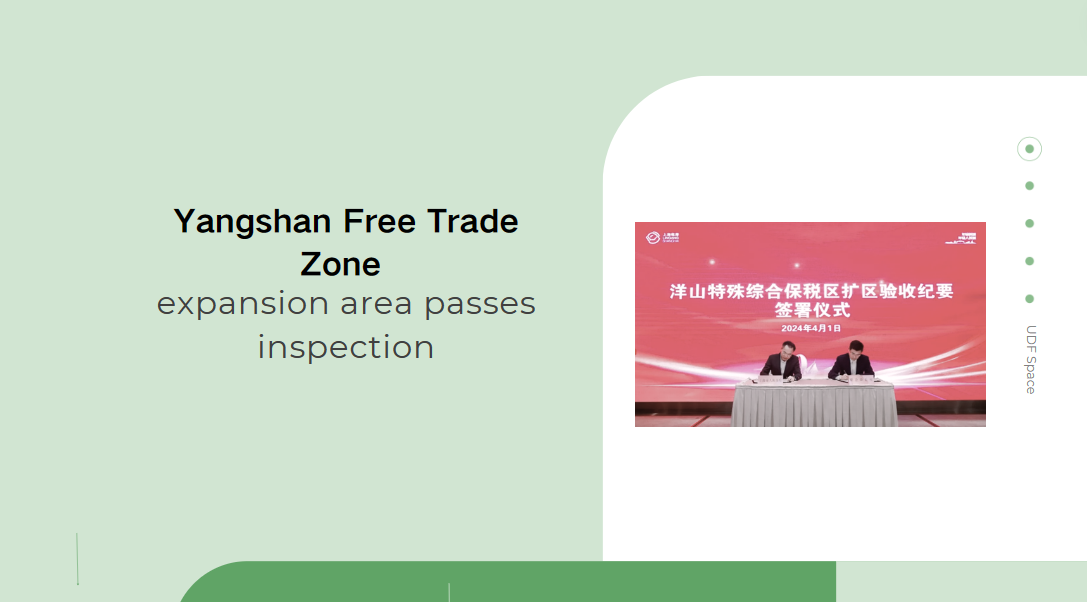SZSE Issues Business Rules and Three Supporting Guidelines for Asset-backed Securities
On March 29, Shenzhen Stock Exchange (hereinafter referred to as the SZSE) issued the "Rules of Shenzhen Stock Exchange for Asset-backed Securities Business" (hereinafter referred to as the "ABS Business Rules") and three supporting business guidelines, namely, the "Guidelines No. 1 for Supervision over Asset-backed Securities within the Duration - Periodic Reports", "Guidelines No. 2 for Supervision over Asset-backed Securities within the Duration - Extraordinary Reports", and "Guidelines No. 3 for Supervision over Asset-backed Securities within the Duration - Credit Risk Management" (hereinafter referred to as "Guidelines for Periodic Reports", "Guidelines for Extraordinary Reports", and "Guidelines for Credit Risk Management" respectively). The purpose is to steadily build a regulatory framework for asset-backed securities business that takes business rules as the core, business guidelines as the backbone, and business guides as the supplements.
Asset securitization flourishes: revitalizing stock assets
SZSE is committed to aligning with national strategies and serving the real economy, actively promoting the stable and healthy development of the asset securitization market. We are pushing forward the issuance of ABS backed by various underlying assets, including accounts receivable, financing lease claims, and real estate. We support and encourage enterprises to issue innovative varieties of ABS, such as those focused on the green and low-carbon, the technological innovation, and the digital economy. As of now, the cumulative issuance scale of ABS in the SZSE market has exceeded 2.49 trillion yuan. It covers a wide range of major underlying asset types and highlights distinctive underlying asset types. ABS has become an important tool in the bond market to bolster the real economy by revitalizing stock assets and expanding direct financing channels for enterprises. SZSE has continued efforts to promote the high-quality development of asset securitization business, improve self-regulatory requirements, and strengthen investor protection. Under the guidance of the CSRC, we have learned from previous regulatory service experience and continuously optimized the regulatory system of the exchange bond market through issuing business rules and supporting guidelines.
Establishing foundational rules: building the cornerstone for business development
Drawing upon the existing business guidelines and business guides, as well as the basic business rules for ABS formed in regulatory practices in recent years, we newly released the "ABS Business Rules" that systematically regulates all phases of the business, including confirmation of listing conditions, issuance, transfer by listing, and management within the duration. Firstly, it clarifies the listing conditions and review procedures for ABS, as well as the basic requirements for underlying assets and key participants in the business. This consolidates the foundation of the access system for ABS, thereby stabilizing market expectations. Secondly, it clarifies the mechanism for managing ABS within the duration. It comprehensively regulates the issuance and listing procedures, investor suitability, transfer mechanism, information disclosure, suspension and resumption of trading, and delisting, thereby strengthening the comprehensive supervision throughout the entire process of "pre-issuance, during-issuance, and post-issuance". Thirdly, it strengthens risk prevention and control by establishing a dedicated chapter for protecting the rights and interests of holders. It clearly defines the responsibilities of key participants in credit risk management and standardizes relevant arrangements for holder meetings, so as to give full play to the effectiveness of the mechanism for protecting holder rights and interests. Fourthly, it specifies self-regulation measures and maintains a policy of "zero tolerance" towards non-compliant behavior to strengthen regulatory efforts.
Standardizing continuous disclosure practices: improving information disclosure quality
The principle of adhering to information disclosure as the core is essential for enhancing the transparency in the bond market. The newly revised and released "Guidelines for Periodic Reports" and "Guidelines for Extraodinary Reports" further enhance the timeliness, standardization, and effectiveness of information disclosure in ABS business. Firstly, they enhance the completeness requirements for document preparation and refine the basic elements of disclosure for various types of announcements. Secondly, they strengthen the targeted requirements for the disclosure of major asset classes, highlighting the characteristics of underlying assets and their dynamic changes. Thirdly, they reinforce the timely disclosure of significant matters and warnings, ensuring that the asset managers fulfill their continuous monitoring obligations for the assets of special plans, cash flows, and key participants in the business. Fourthly, they improve the arrangement of the holder meeting mechanism by adding disclosure requirements for the implementation of holder meeting resolutions and their progress, so as to strengthen the protection of holder rights and interests.
Strengthening continuous risk monitoring: improving the effectiveness of credit risk management
Strengthening risk forecasting and prevention to mitigate credit risks is of paramount importance in effectively regulating the current bond market. The revised "Guidelines for Credit Risk Management" further enhances the systematic, forward-looking, and targeted credit risk management of ABS business, which was initially introduced in the "Guidelines for Credit Risk Management of Asset-Backed Securities within the Duration (Trial)" issued in 2018. Firstly, it strengthens the responsibilities of key participants in the business, emphasizing their role in credit risk management. Secondly, it elaborates on the requirements for risk monitoring and investigation by managers, enhancing the effectiveness of credit risk management efforts. Thirdly, it enhances arrangements for addressing and disposing of credit risks, encourages key participants in the business to actively manage their own credit risks, and optimizes the reporting requirements for credit risk response and disposal plans.
Next, SZSE will thoroughly implement the guiding principles of the Central Financial Work Conference. Under the unified deployment of CSRC, we will firmly grasp the key tasks of strengthening regulation, preventing risks, and promoting high-quality development. We will closely follow the theme of high-quality development of the bond market, constructing a concise, efficient, standardized, and transparent system of rules for ABS business. This is to be achieved by continuously optimizing product offerings, strengthening business rules training, improving regulatory capabilities and service levels. The goal is to promote the standardized and healthy development of the exchange's asset securitization market.






















































First, please LoginComment After ~